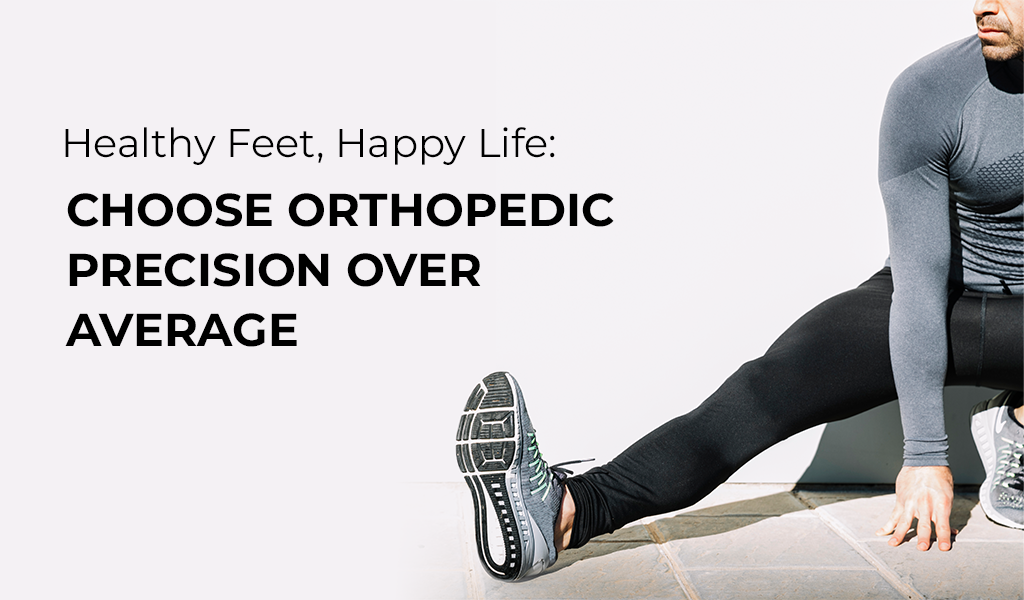When it comes to footwear, comfort and support are essential for maintaining foot health and mobility. For individuals with specific foot conditions or those looking to prevent foot problems, orthopedic footwear offers a unique solution. But what sets orthopedic footwear apart from regular shoes? Let's delve into the key differences and explore why investing in orthopedic footwear can make a significant difference in your foot health journey.
1. Design and Construction:
Orthopedic footwear is meticulously designed with foot health in mind. Unlike regular shoes, which often prioritize fashion over function, orthopedic shoes are crafted to provide optimal support, stability, and comfort. They feature specialized features such as extra cushioning, wide toe boxes, and firm heel counters to accommodate various foot conditions like plantar fasciitis, bunions, arthritis, and diabetic neuropathy.
2. Support and Alignment:
One of the primary distinctions between orthopedic footwear and regular shoes is the level of support and alignment they offer. Orthopedic shoes are engineered to promote proper foot alignment, reduce pressure points, and alleviate pain associated with foot conditions. They feature advanced technologies like contoured insoles, arch support, and shock-absorbing materials to provide maximum support and cushioning with every step.
3. Customization and Adjustability:
Orthopedic footwear often comes with customizable features to ensure a perfect fit for each individual's unique foot shape and condition. From adjustable straps and laces to removable insoles and extra-depth designs, orthopedic shoes offer unparalleled customization options to accommodate various foot shapes, sizes, and conditions. This level of adjustability is rarely found in regular footwear, making orthopedic shoes a preferred choice for those with specific foot health needs.
4. Durability and Longevity:
Orthopedic footwear is typically constructed using high-quality materials and superior craftsmanship to withstand the demands of daily wear and tear. Unlike regular shoes, which may wear out quickly and lose their supportive properties over time, orthopedic shoes are built to last. They offer durability and longevity, providing long-term foot health benefits and savings in the long run.
5. Focus on Foot Health:
Above all, orthopedic footwear prioritizes foot health and functionality. While regular shoes may offer temporary relief or aesthetic appeal, orthopedic shoes are designed to address underlying foot issues and promote overall foot health. Whether you're dealing with chronic foot pain, recovering from a foot injury, or simply looking to prevent future problems, orthopedic footwear offers a proactive approach to maintaining foot health and mobility.
Where to Find Orthopedic Footwear:
For those seeking high-quality orthopedic footwear, HealthyFeetStore.com is a trusted destination. With a wide selection of orthopedic shoes from top brands like Orthofeet, Drew Shoes, and Propet, we offer an extensive range of styles to suit various foot conditions and preferences. From supportive sneakers and sandals to dress shoes and slippers, We provide options for every occasion and lifestyle.
Conclusion:
Orthopedic footwear differs from regular shoes in design, support, customization, durability, and focus on foot health. Investing in orthopedic footwear can provide numerous benefits, including improved comfort, reduced pain, enhanced mobility, and long-term foot health. Visit the Healthy feet store website to explore their collection of orthopedic footwear and take the first step towards happier, healthier feet.
For more information and to browse a selection of orthopedic shoes, visit HealthyFeetStore.com.
